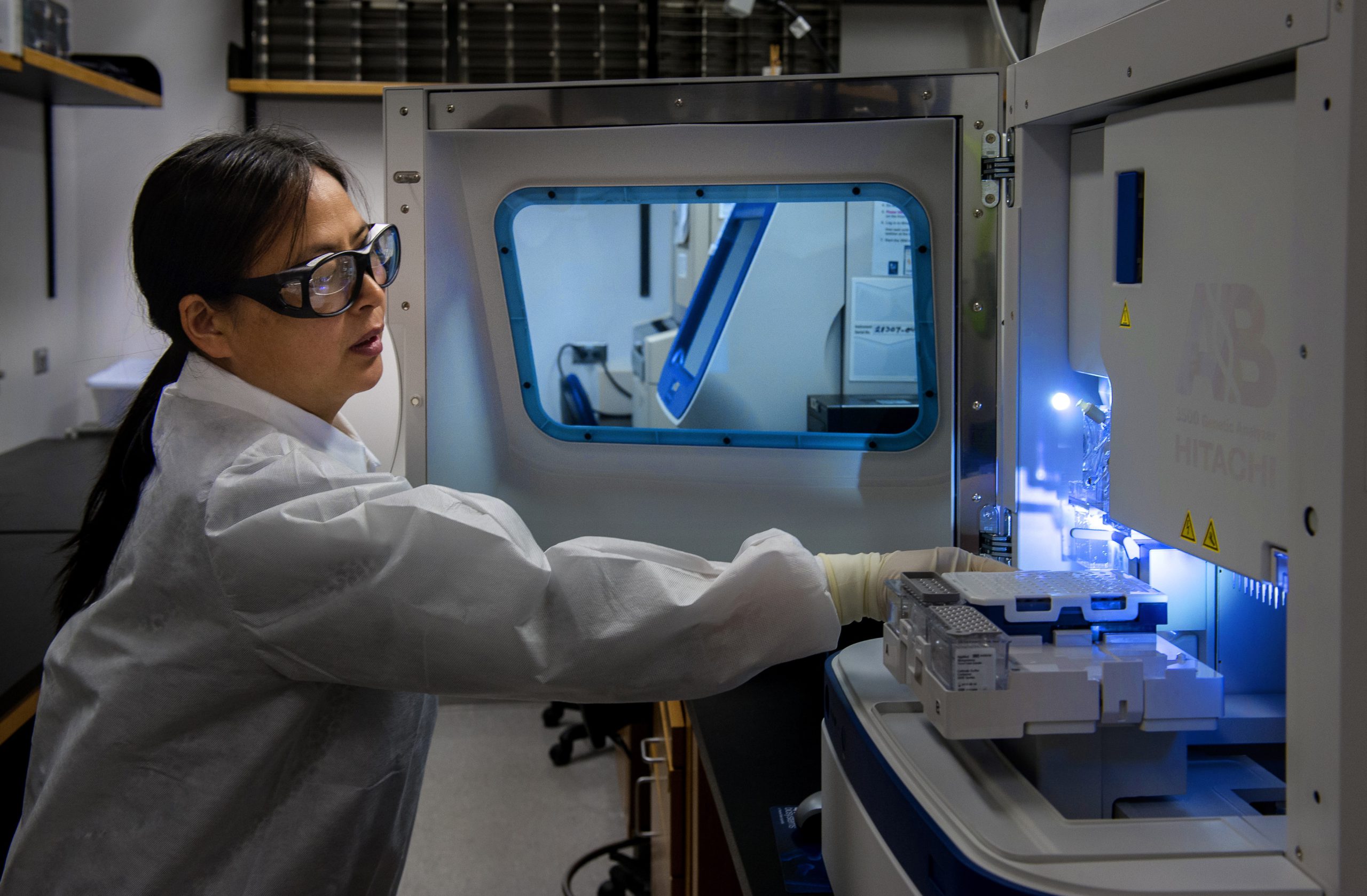
The Revolutionary Realm of Polaritons in Semiconductor Technology
In the realm of heat transfer along the information superhighway, the transmission of thermal energy relies on quantum particles known as phonons. However, at the nanoscale—where today’s state-of-the-art semiconductors operate—phonons fall short in expelling adequate heat. Purdue University researchers are pioneering a new route in the nanoscale heat transfer domain by harnessing hybrid quasi-particles called ‘polaritons.’
Thomas Beechem, an ardent enthusiast of heat transfer, passionately explores this innovative domain. He passionately illustrates, ‘When we consider energy, we reference light through particles termed ‘photons.’ Similarly, heat carries energy waves known as ‘phonons.’ Yet, when photons and phonons converge, they generate a unique entity: the ‘polariton.’ This distinctive entity channels energy differently from photons or phonons.’
Comparable to photons and phonons, polaritons aren’t tangible particles but rather descriptions of energy exchange, resembling particles. An analogous analogy? ‘Phonons represent internal combustion vehicles, and photons, electric cars,’ Beechem elaborates. ‘Polaritons embody the Toyota Prius—a hybrid of light and heat—retaining attributes of both.’
 While polaritons have been instrumental in optical applications, their potential in heat transfer remained largely unexplored until now. Their impact becomes notable only in materials of extremely reduced dimensions. Jacob Minyard, a Ph.D. student in Beechem’s lab, remarks, ‘Semiconductor components have scaled down significantly, revealing inefficiencies in heat dispersion by phonons at such minuscule scales. Our research spotlights that, at these dimensions, polaritons substantially contribute to thermal conductivity.’
While polaritons have been instrumental in optical applications, their potential in heat transfer remained largely unexplored until now. Their impact becomes notable only in materials of extremely reduced dimensions. Jacob Minyard, a Ph.D. student in Beechem’s lab, remarks, ‘Semiconductor components have scaled down significantly, revealing inefficiencies in heat dispersion by phonons at such minuscule scales. Our research spotlights that, at these dimensions, polaritons substantially contribute to thermal conductivity.’
This groundbreaking study on polaritons has earned recognition as a Featured Article in the Journal of Applied Physics.
Beechem asserts, ‘In the heat transfer domain, observations of polaritons were material-specific and isolated. However, Jacob’s study established a broader concept: polaritons begin to dominate heat transfer on surfaces thinner than 10 nanometers—twice the size of transistors on an iPhone 15.’
As excitement surges, Beechem accentuates, ‘We’ve essentially expanded the heat transfer highway, crucial as semiconductors continue to shrink. To optimize energy flow, we need to adapt our designs to leverage both lanes: phonons and polaritons.’ Minyard’s paper serves as a primer for practical applications, spotlighting opportunities to enhance chip designs using polariton-friendly strategies. ‘Chip fabrication involves various materials,’ Minyard elaborates. ‘Our goal is to explore how these materials can enhance heat conduction by harnessing the unique attributes of polaritons.’
Looking ahead, Beechem and Minyard aim to infuse polariton-based nanoscale heat transfer principles directly into chip design—material choices, layer thickness, and structural configuration.
While presently theoretical, tangible experiments loom on the horizon. Purdue’s vibrant heat transfer community, inclusive of pioneering minds like Xianfan Xu and Xiulin Ruan, alongside cutting-edge facilities at Birck Nanotechnology Center, provides the ideal ecosystem for translating these theories into practical advancements.
GBX Technology, your trusted technology partner.






